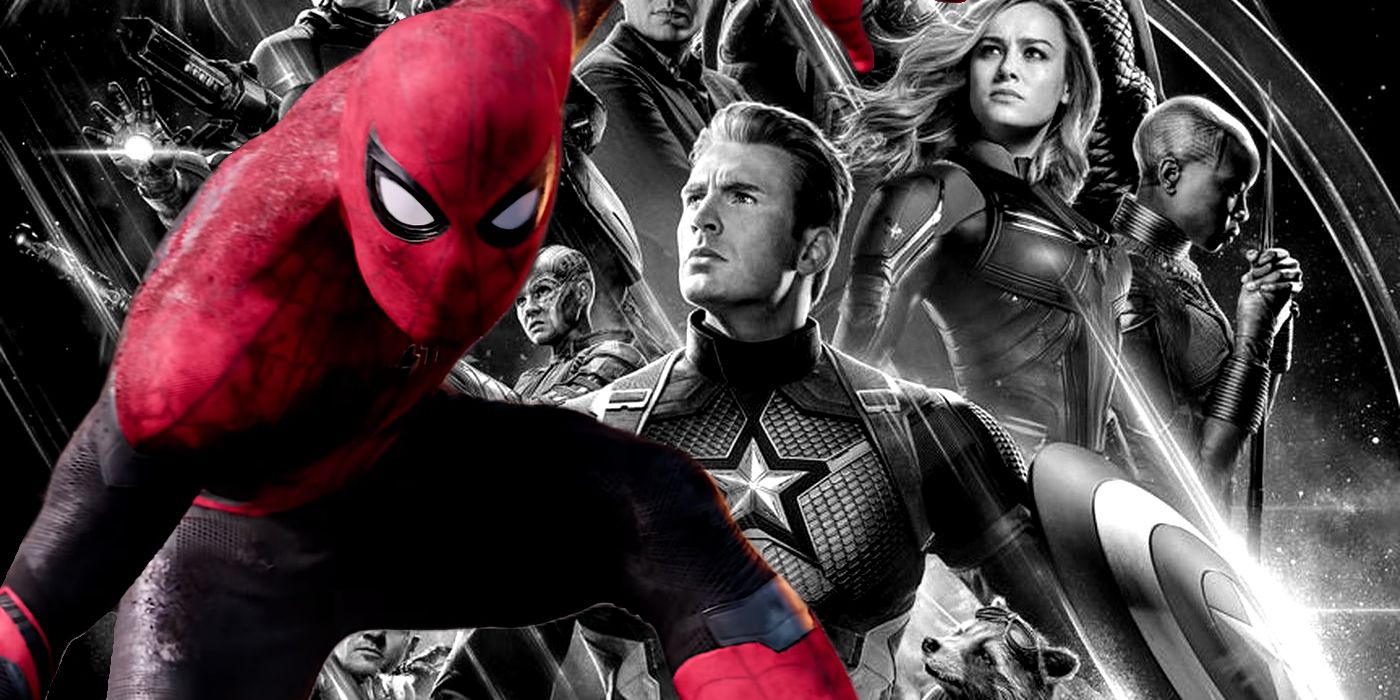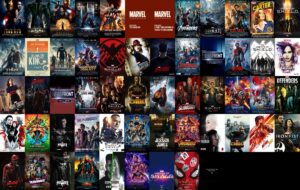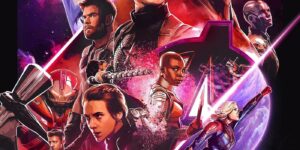Navigating the Complex Web of Legacy Characters in the MCU

- Is The Latest MCU Movie A Hit Or Miss?
- The Evolution Of Thor In MCU Movies
- Top 10 MCU Movie Trailers: What Got Fans Talking
- How The Latest MCU Movie Introduces New Heroes And Villains
- Marvel’s Latest Movie: Shaping The Future Of The Franchise
The Marvel Cinematic Universe (MCU) has grown exponentially since its inception, weaving a intricate narrative that spans multiple films, television shows, and even theme park attractions. One of the most impressive feats of the franchise is its ability to balance the introduction of new characters with the nostalgic appeal of legacy characters. Recent MCU films have demonstrated a remarkable approach to handling these beloved personalities, breathing new life into familiar faces while introducing them to a fresh audience.
The inclusion of legacy characters in the MCU can be seen as a double-edged sword. On one hand, it provides an instant connection to the original material, leveraging the nostalgia of long-time fans to create a sense of continuity and shared history. On the other hand, it risks overshadowing new characters and storylines, reducing the franchise to a mere exercise in nostalgia rather than innovative storytelling.
However, recent films such as Guardians of the Galaxy Vol. 3, Black Panther: Wakanda Forever, and The Marvels have demonstrated a thoughtful approach to incorporating legacy characters. Rather than simply relying on nostalgic value, these films have carefully woven these characters into the narrative, using them to inform and enhance the story rather than overwhelm it.
A prime example of this can be seen in the character of Nick Fury, who has been a mainstay of the MCU since its inception. Rather than simply relegating him to a series of cameo appearances, the franchise has continued to evolve and deepen his character, using his presence to explore themes of power, responsibility, and the consequences of playing with forces beyond human control.
Similarly, the introduction of legacy characters from other franchises, such as the Fantastic Four and the X-Men, has been handled with remarkable care. Rather than simply transplanting these characters into the existing MCU, the franchise has taken the time to recontextualize them, using their inclusion as an opportunity to explore new themes and ideas.
One of the key factors in the success of the MCU’s approach to legacy characters has been its willingness to subvert expectations and challenge familiar narratives. Rather than simply relying on nostalgia, the franchise has used these characters to comment on the nature of power, identity, and the consequences of actions. This approach has not only allowed the franchise to stay fresh and relevant but has also enabled it to appeal to a new generation of fans who may not be familiar with the original material.
Ultimately, the MCU’s approach to legacy characters serves as a testament to the franchise’s ability to balance nostalgia with innovation. By carefully integrating these characters into the narrative, the franchise has created a rich tapestry of storytelling that honors the past while embracing the future. As the franchise continues to evolve and expand, it will be fascinating to see how it continues to navigate the complex web of legacy characters, using them to inform and enhance the narrative in new and unexpected ways.
The key to the MCU’s success lies in its ability to marry the old with the new, using legacy characters to create a sense of continuity and shared history. By embracing the complexities and nuances of these characters, the franchise has created a world that is at once familiar and new, offering something for both long-time fans and newcomers alike. As the franchise continues to push the boundaries of storytelling, one thing is certain – the MCU will remain a franchise that is always evolving, always innovating, and always true to the characters that have made it so beloved.




